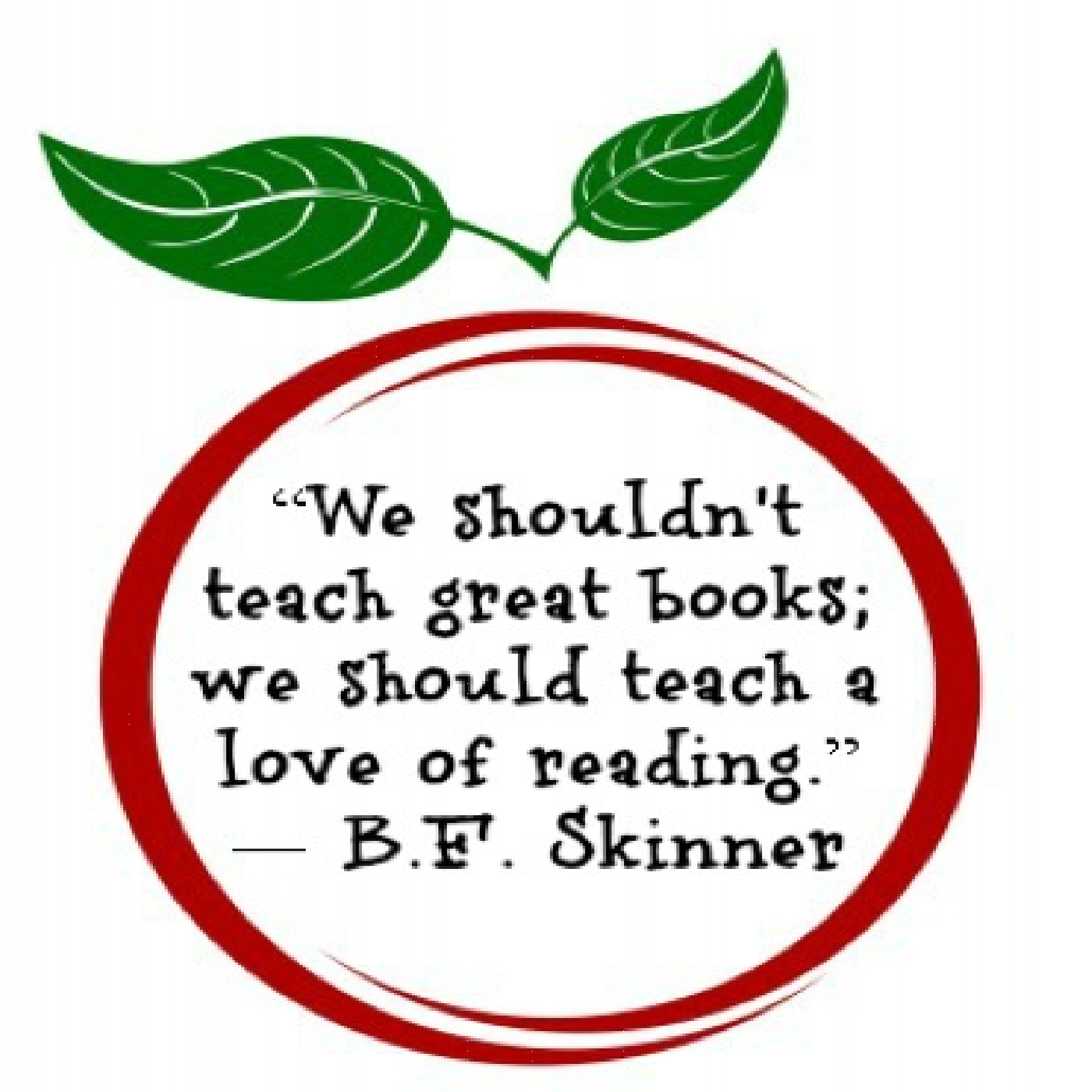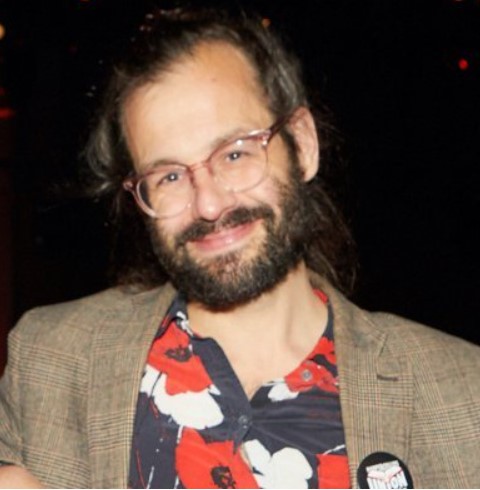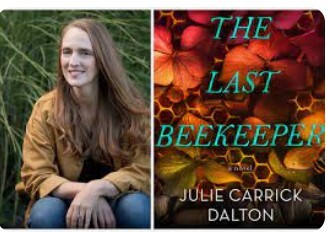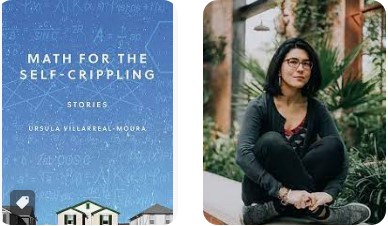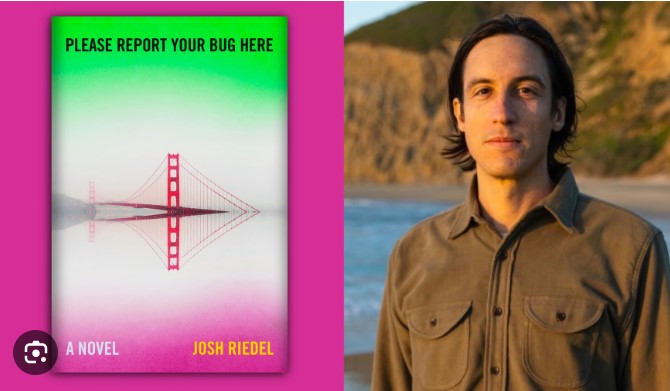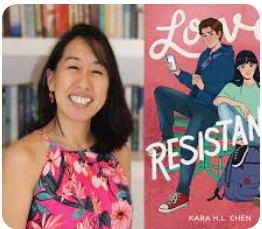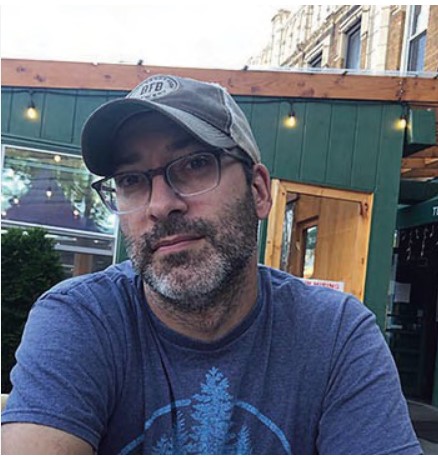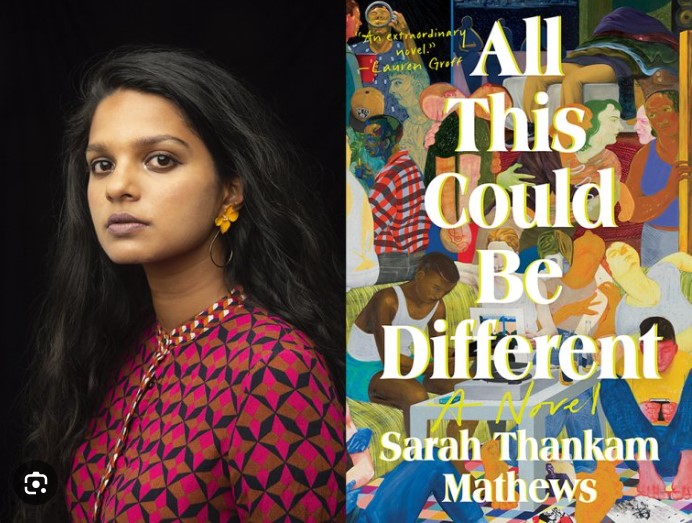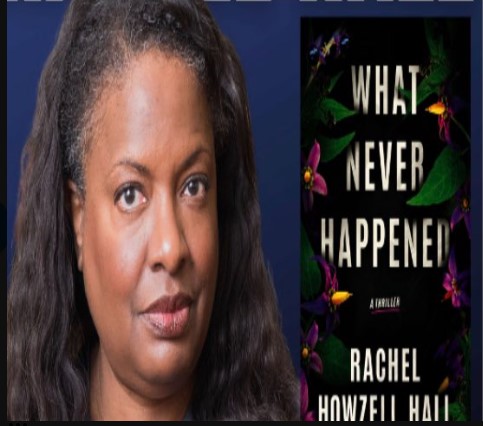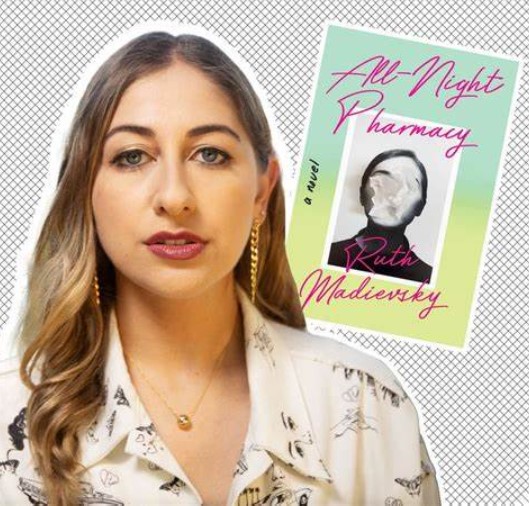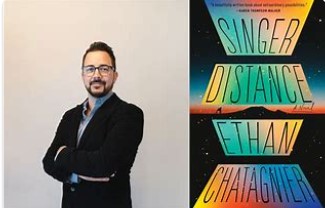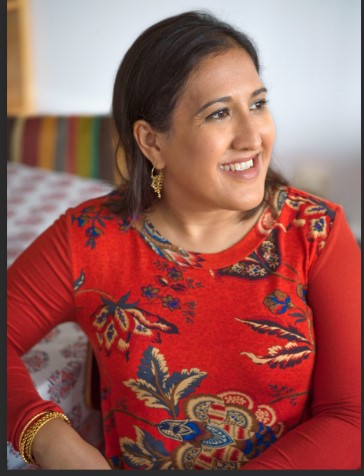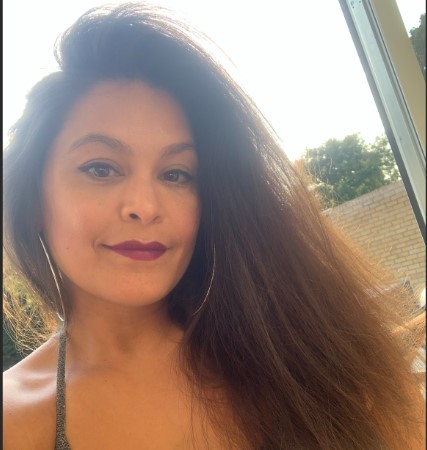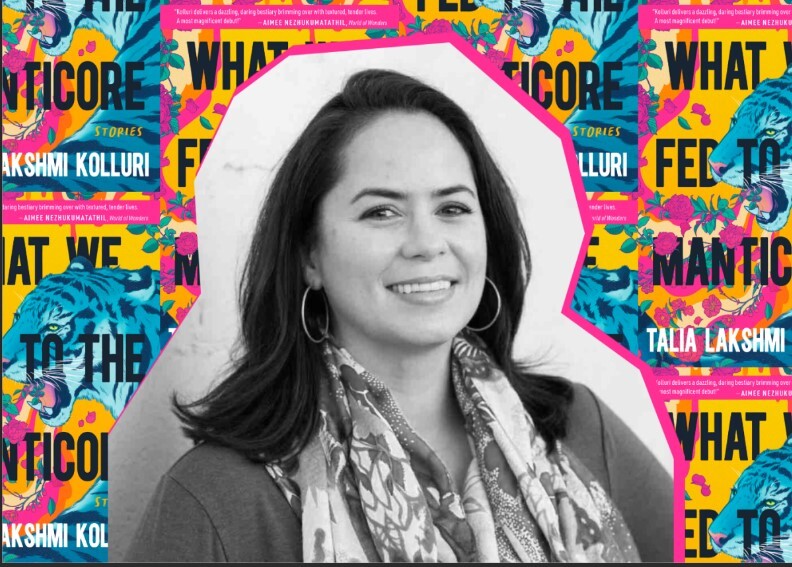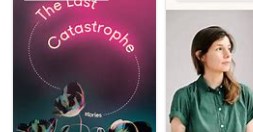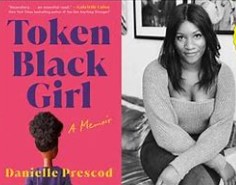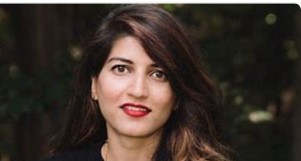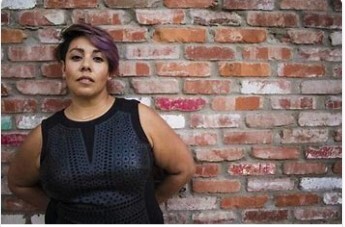Episode 208 with Sowmya Krishnamurthy, Author of Fashion Killa: How Hip-Hop Revolutionized High Fashion, and Keen Chronicler and Thoughtful Observer of Hip Hop, Pop Culture, and Fashion
Notes and Links to Sowmya Krishnamurthy’s Work
For Episode 208, Pete welcomes Sowmya Krishnamurthy, and the two discuss, among other topics, her early love of hip hop and fashion, and the ways in which the two have always played off one another, her experiences in hip hop journalism and interning with Sean Combs and Bad Boy Records, trends in hip hop fashion and the ways in which they have been in response to racist laws and practice in the past, the power of ambassadors like Jay Z and Aaliyah, hip hop clothing lines, the power of designers from Versace to Virgil Abloh, and the evolution of more inclusive practices and views in the industry.
Sowmya Krishnamurthy is a music journalist and pop culture expert. Her work can be found in publications like Rolling Stone, Billboard, XXL, Playboy, High Snobiety, Complex, New York Magazine, Village Voice and Time. She has interviewed artists from J. Cole and Kendrick Lamar to Ariana Grande, Travis $cott and Alicia Keys.
As an on-air host, she has appeared on MTV, MSNBC, VH1, Hot 97, Build Series, E!, BET, CNN, NPR, BBC, and more. Her work has been aired in the United States, Canada, the United Kingdom, France and Israel.
She hosted and programmed SiriusXM’s The Look Out radio show.
Her first book: Fashion Killa: How Hip-Hop Revolutionized High Fashion comes out October 10, 2023 (Gallery Books/Simon & Schuster).
Sowmya began her career at William Morris Endeavor’s Agent Training Program, CNN and Bad Boy Records.
She is a graduate of the Ross School of Business at the University of Michigan.
Sowmya on Twitter
Buy Fashion Killa
Excerpt from Fashion Killa in Rolling Stone, October 3, 2023: "How Lil' Kim's Left Boob Symbolized a Shift High Fashion"
At about 2:00, Sowmya talks about the “surreal” run-up to the October 10 publication date for her book
At about 3:20-3:57, Sowmya gives some seeds for the book’s genesis
At about 4:00, Sowmya talks about the book’s process and research, including how the pandemic provided time for the book’s writing
At about 7:30, Sowmya reflects on how to sum up 50 years of hip hop and the difficulty of doing a chapter outline
At about 9:15, Sowmya talks about her focus on various topics in the books, including representing all regions of the country, international voices, and women
At about 11:00, Sowmya notes the arbitrariness of the 1973 “birthdate” for hip hop, not taking into account African traditions-call-and-response, etc.-and also how hip hop’s origin with DJ Herc and Sidney Campbell came partly through fashion
At about 12:45, Sowmya highlights Dapper Dan and the importance of logos and “social signaling,” who gets to wear what, “sumptuary laws,” etc.
At about 15:20, Sowmya recounts the story of how Google Images started after Jennifer Lopez wore her iconic dress
At about 16:50, Pete fanboys over Pharrell, and Sowmya recounts how Jay Z’s shift to a more formal clothing style and Pharrell and others bringing in skinny jeans were in some ways revolutionary
At about 20:20, Sowmya reflects on the outsized influence that 90s hip hop had on pop culture
At about 23:10, Sowmya talks about her upbringing in Kalamazoo, Michigan, especially her connections to music and 90s culture and things like Page Six
At about 27:00, Pete quotes from Sowmya’s book-she cites a beautifully chaotic scene in the passage-and she expands upon the importance of these type of scenes pre-social media
At about 29:00, Pete wonders about Cam’ron inventing a color, and Sowmya talks about his and Kanye West and others wearing pink as a bold choice
At about 31:30, Pete shouts out some early hip hop purchases, and Sowmya describes her early hip hop influences and purchases
At about 33:50, Sowmya discusses some of her early writing opportunities in the hip hop and pop culture space
At about 34:20, Pete and Sowmya rate the verses from Drake’s “Forever”
At about 35:20, Sowmya gives background on how she got a job with Sean Combs and Bad Boy Records
At about 41:30, Sowmya charts a surreal first experience in the Bad Boy offices
At about 45:00, Sowmya discusses the famous “Making the Band” skit from Chappelle Show, being that she worked with Sean Combs, and she shouts out his unceasing work ethic
At about 47:00, Sowmya talks about her work ethic and the era in which she started her work career
At about 48:35, Sowmya shouts out places to buy her book, including Rizzoli Bookstore in NYC, and she talks about the importance of the cover aesthetics
At about 50:50, Sowmya talks about the importance of the book’s subject matter and books as “luxury items”
At about 52:15, Sowmya discusses the importance of her book’s blurber, Slick Rick, and his importance in hip hop and fashion; additionally, she shouts out other “heartening” blurbs
At about 54:20, Sowmya talks about the title’s genesis and she and Pete discuss the book’s opening and early hip hop and self-expression
At about 55:40, Sowmya recounts the experience of buying a new CD in the 90s and early 2000s-the “connection” to the music
At about 58:30, Pete cites the book’s opening and ending and its “bookend” quality; Sowmya expounds on “the walking billboard” that was the big logos of Hilfiger, etc., as well as the ways in which people do and don’t show off wealth
At about 1:03:10, The two discuss the importance of The Source and Vibe as game-changers in representation and how much of hip hop fashion went against racist clothing laws of the past
At about 1:04:15, Sowmya gives some background on “backpack rap” in response to Pete’s questions
At about 1:07:10, Pete reflects on interesting anecdotes and interviews
At about 1:08:10, The two discuss the clothing brand battles of the 90s and beyond-Sean John, ENYCE, etc., and Pete laments the loss of a treasured sweater
At about 1:09:00, Pete asks Sowmya to talk about what she sees happening in the future, involving hip hop/pop culture and fashion
At about 1:12:10, The two highlight some amazing photos in the book, including an heretofore obscure photo of Tupac in Milan
You can now subscribe to the podcast on Apple Podcasts, and leave me a five-star review. You can also ask for the podcast by name using Alexa, and find the pod on Stitcher, Spotify, and on Amazon Music. Follow me on IG, where I’m @chillsatwillpodcast, or on Twitter, where I’m @chillsatwillpo1. You can watch this and other episodes on YouTube-watch and subscribe to The Chills at Will Podcast Channel. Please subscribe to both my YouTube Channel and my podcast while you’re checking out this episode.
Sign up now for The Chills at Will Podcast Patreon: it can be found at patreon.com/chillsatwillpodcastpeterriehl
Check out the page that describes the benefits of a Patreon membership, including cool swag and bonus episodes. Thanks in advance for supporting my one-man show, my DIY podcast and my extensive reading, research, editing, and promoting to keep this independent podcast pumping out high-quality content!
NEW MERCH! You can browse and buy here: https://www.etsy.com/shop/ChillsatWillPodcast
This is a passion project of mine, a DIY operation, and I’d love for your help in promoting what I’m convinced is a unique and spirited look at an often-ignored art form.
The intro song for The Chills at Will Podcast is “Wind Down” (Instrumental Version), and the other song played on this episode was “Hoops” (Instrumental)” by Matt Weidauer, and both songs are used through ArchesAudio.com.
Please tune in for Episode 209 with Julie Carrick Dalton. She is the author of The Last Beekeeper and Waiting for the Night Song, named a Most Anticipated 2021 novel by CNN, Newsweek, USA Today, Parade, and others, and an Amazon Editor’s pick for Best Books of the Month. Julie is also a frequent speaker and contributor to multiple magazines about Fiction in the Age of Climate Crisis.
The episode will air on October 17.
 Sign in
Sign in Sign in
Sign in Sign in
Sign in